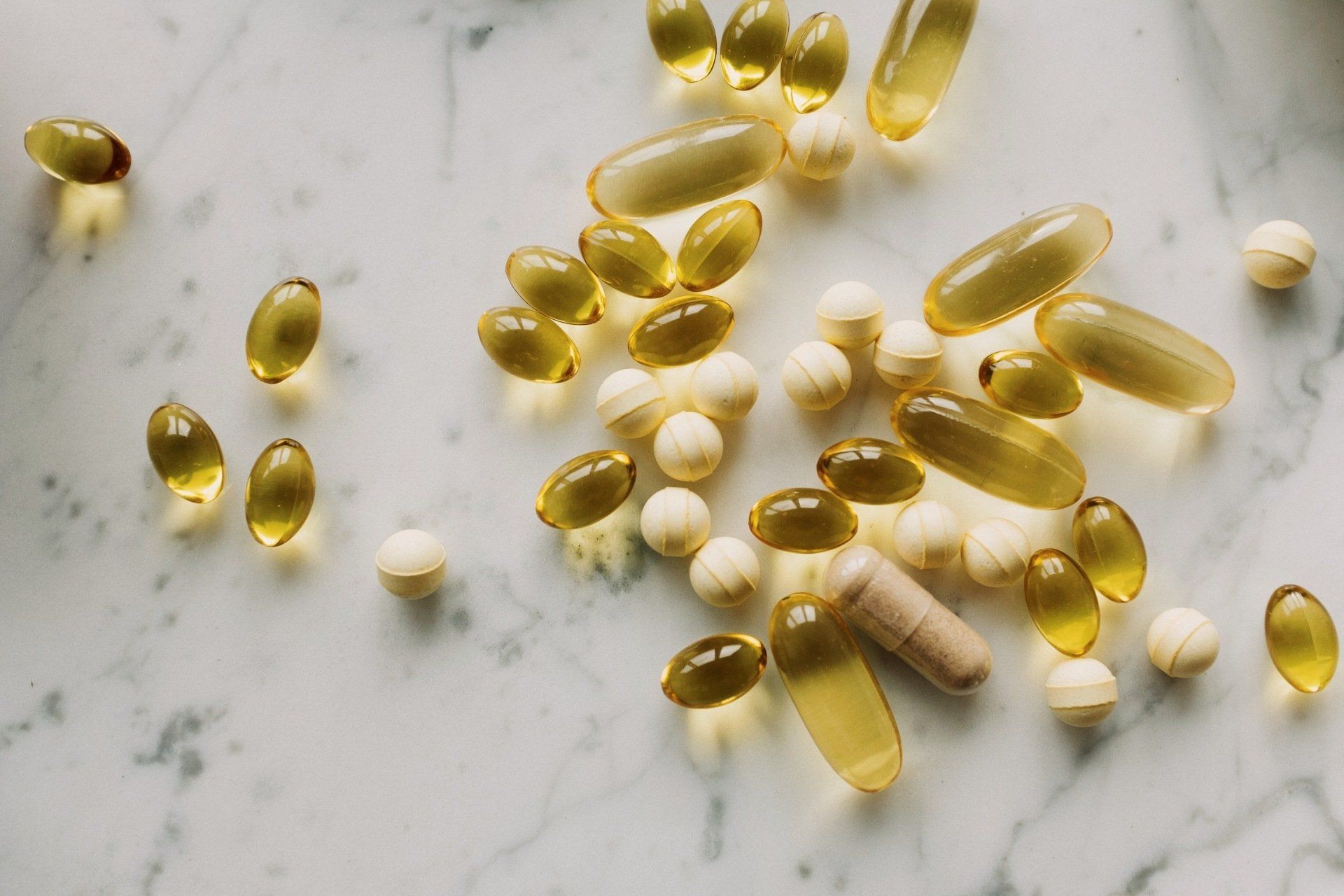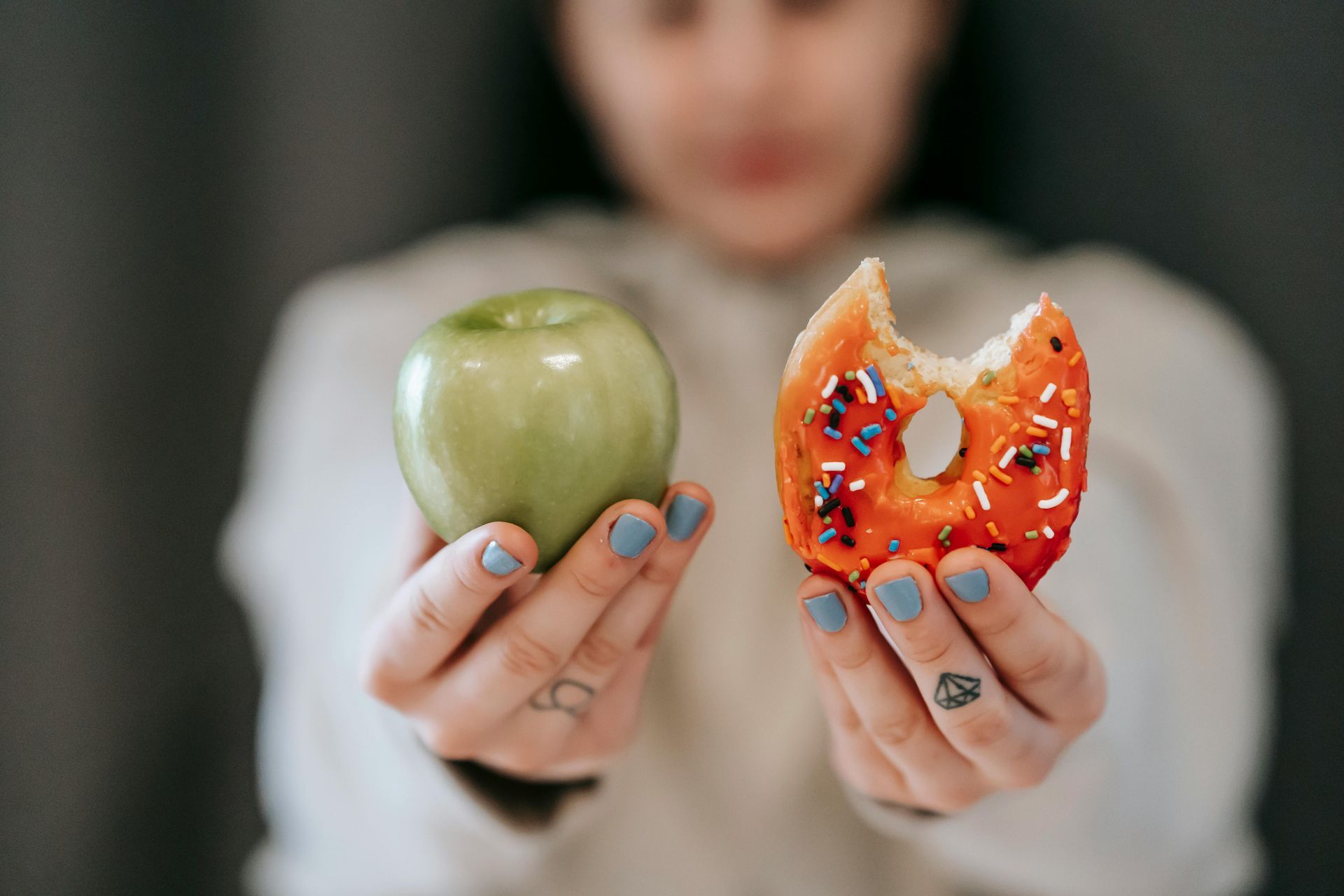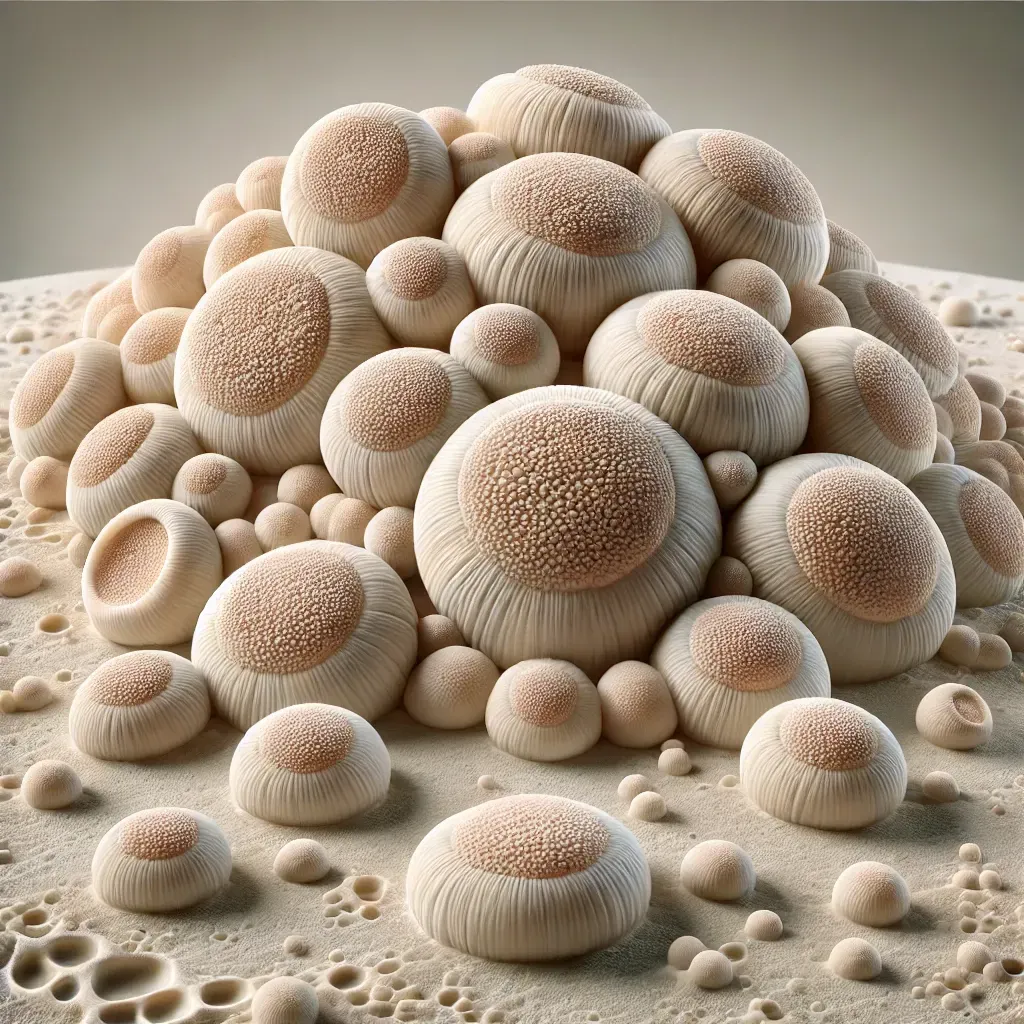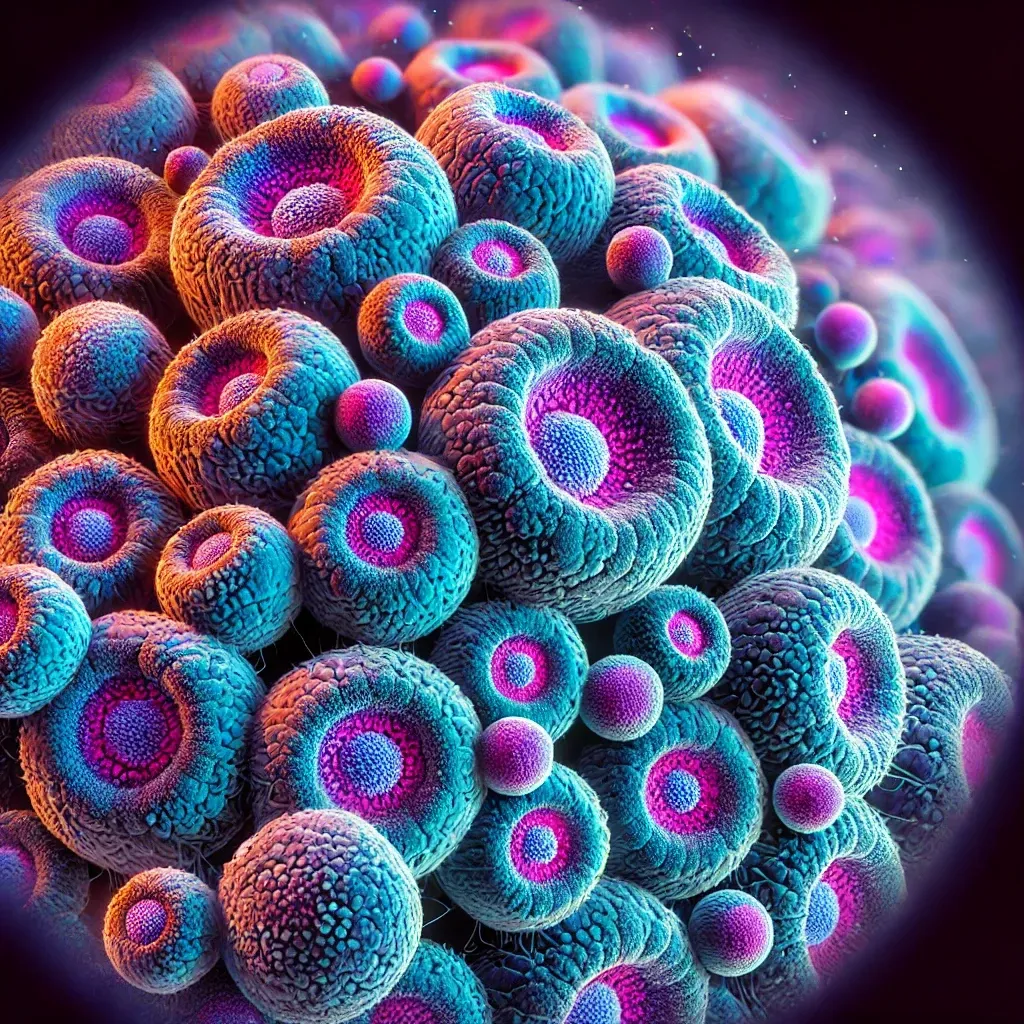7 Steps to Better Digestion
Get Your Digestion On!
Digestion cannot begin until all the following are present:
- Relaxed muscles in the body
- Decreased blood pressure
- Slowed pulse rate
Once these three things occur, the parasympathetic branch of the nervous system is able to fire all the correct signals to the brain saying it’s ready to get the party started. The brain then tells the stomach to up its acid production, and digestion gets going (See my blog:
Don’t Drive and Eat: It’s Bad for Digestion).
But how do you get your body into that parasympathetic state of relaxation in today’s go-go-go world? Simple: make sitting down to eat a priority. Food is the fuel for your body and it is arguably one of the most important things you do daily. If you cannot digest, you won’t have energy (among many other health issues that can occur from lack of digestion), so why make it take a back seat to whatever other task you have going on?
I know, I know. I said the answer was simple, and it is, but follow through is often the tricky part. Here are seven tips to help you digest better:
- Shop the perimeter of the grocery store. Avoid the center aisles.
- Load up your cart with produce (organic if possible--see my blog The Dirty Dozen), grass-fed and finished beef, and good ol’ dairy (as in REAL butter).
- Leave the processed items on their shelves or snug firmly in their freezer boxes.
- When you buy good ingredients and actually cook meals for yourself and your family, you will appreciate eating much more.
- Check out my blog Good, Better and Best: How to Navigate Your Grocery Store
- Bring your appetite, as long as it’s not out of control.
- If you’re ravenous when you get to the table, you will likely overeat as you are more concerned about getting food into your stomach than the actual amount of food going in. It takes about 20 minutes for the “full” signal to get from the stomach to the brain.
- Don’t skip meals.
- Eat a small, healthy snack if you’re not going to make it. Small being the key word there.
- Less, then more (if desired).
- The “old way of thinking” often promotes a clean plate, no matter how much food is on it. Therefore, an overloaded plate can easily lead to an overloaded stomach. You can always add more to your plate if you still feel hungry when finished.
- If you have the problem of bigger eyes than stomach, try using a smaller plate (nine inches or less). You can’t put as much food on a plate that isn’t as big!
- Be mindful of what’s on your plate.
- Did you or someone prepare it for you? Either way, how great was that!
- Is the presentation nice? Or goofy? Or messy?
- Isn’t it great that you actually have food on your plate?
- Use all five senses while eating.
- What does it look like?
- How does it smell?
- How does it taste?
- What is the texture like?
- Does it make any noises when you chew (crunch, squeek, slurp)?
- Eat small bites.
- When you take smaller bites, you are more likely to avoid the risk of gulping air as you eat. Air bubbles in your gastrointestinal tract can be painful and sometimes embarrassing depending on which end they decide to come out.
- Also, the smaller the bite, the longer the food will last. This will help you enjoy the meal more thoroughly, and help the body get a better sense of fullness instead of leading to overeating.
- Chew well.
- The recommended number of times to chew one mouthful of food is between 20 and 40. Sound like a lot? Probably because you’ve been doing it wrong your whole life.
- When you take time to chew, you really get a better idea of what you’re eating.
- Again, the more you chew, the less you will likely eat because you will actually feel full when you truly are.
Basically, everything above is pointing toward one key suggestion: SLOW DOWN! The American culture says it’s a waste of time to eat when you could be getting 8 million other things done (or doing them at the same time). Give this “enjoying your food” thing a try. You might be surprised by the results.
Source:
https://www.health.harvard.edu/staying-healthy/8-steps-to-mindful-eating
Don't Miss Out!

Heidi Toy Functional Medicine Blog






















































































